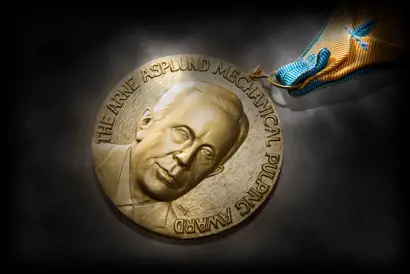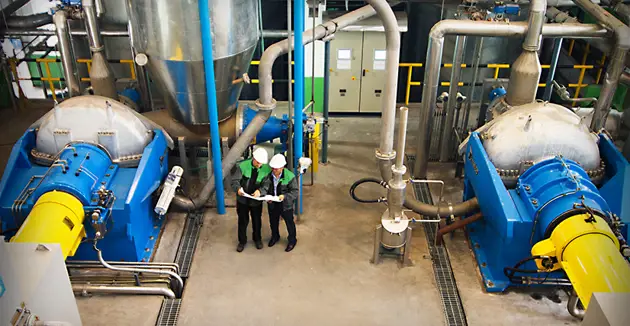Refining
From fiber to function – The power of precision refining

Refining is one of the most critical steps in mechanical pulping. It determines how fibers bond, flex, and interact – directly influencing paper strength, bulk, printability, and machine runnability. Whether you're working with virgin or recycled fibers, refining is where pulp becomes performance.
Well-controlled refining process
Improves fiber quality and protects the segments from clashes
Energy efficiency
High fiber quality with low energy input
Superior fiber characteristics
High bulk, strength and cleanliness
High vs. low consistency refining
– What’s the difference?
High consistency refining (30–50%) applies intense mechanical forces to separate and develop fibers. It’s ideal for initial fiber breakdown and surface development.
Low consistency refining (4–6%) focuses on precision gap control and uniform fiber treatment, perfect for fine-tuning fiber properties and optimizing energy use.
Why optimized refining matters
Optimized refining is essential for unlocking the full potential of pulp fibers. By enhancing bonding ability and flexibility, it contributes directly to stronger, bulkier, and more printable paper. A well-controlled refining process also improves paper machine runnability, reducing web breaks and downtime.
In chemi-thermomechanical pulping (CTMP), optimized refining helps achieve high fiber quality with lower energy input, making it ideal for demanding board and tissue grades. Additionally, it supports energy-efficient production and allows for precise adjustment of fiber properties to meet specific end-product requirements—whether working with virgin or recycled fibers.
From innovation to industry standard
– The story of defibration technology
Dr. Arne Asplund (1903–1993) invented the Defibrator pulping refiner and the defibrator-method (also called the Asplund-method) for pulping wood chips in the 1930s. Asplund was awarded the Gold Medal of the Royal Swedish Academy of Engineering Sciences (IVA) in 1947 for the invention and his further development of the defibrator-method for pulping wood and other fiber rich materials. He was later awarded the Great Gold Medal from IVA in 1969 for his work with defibration technology.
In 1985, the Arne Asplund Mechanical Pulping Award was established to commemorate Dr. Asplund’s contribution to the pulp and paper industry worldwide.

The Arne Asplund Award

Interested in mechanical pulping? Let's connect!
Whether you're exploring new technologies or improving existing lines, our experts are ready to connect. Share your needs and we'll help you bring your performance forward.
Contact us


